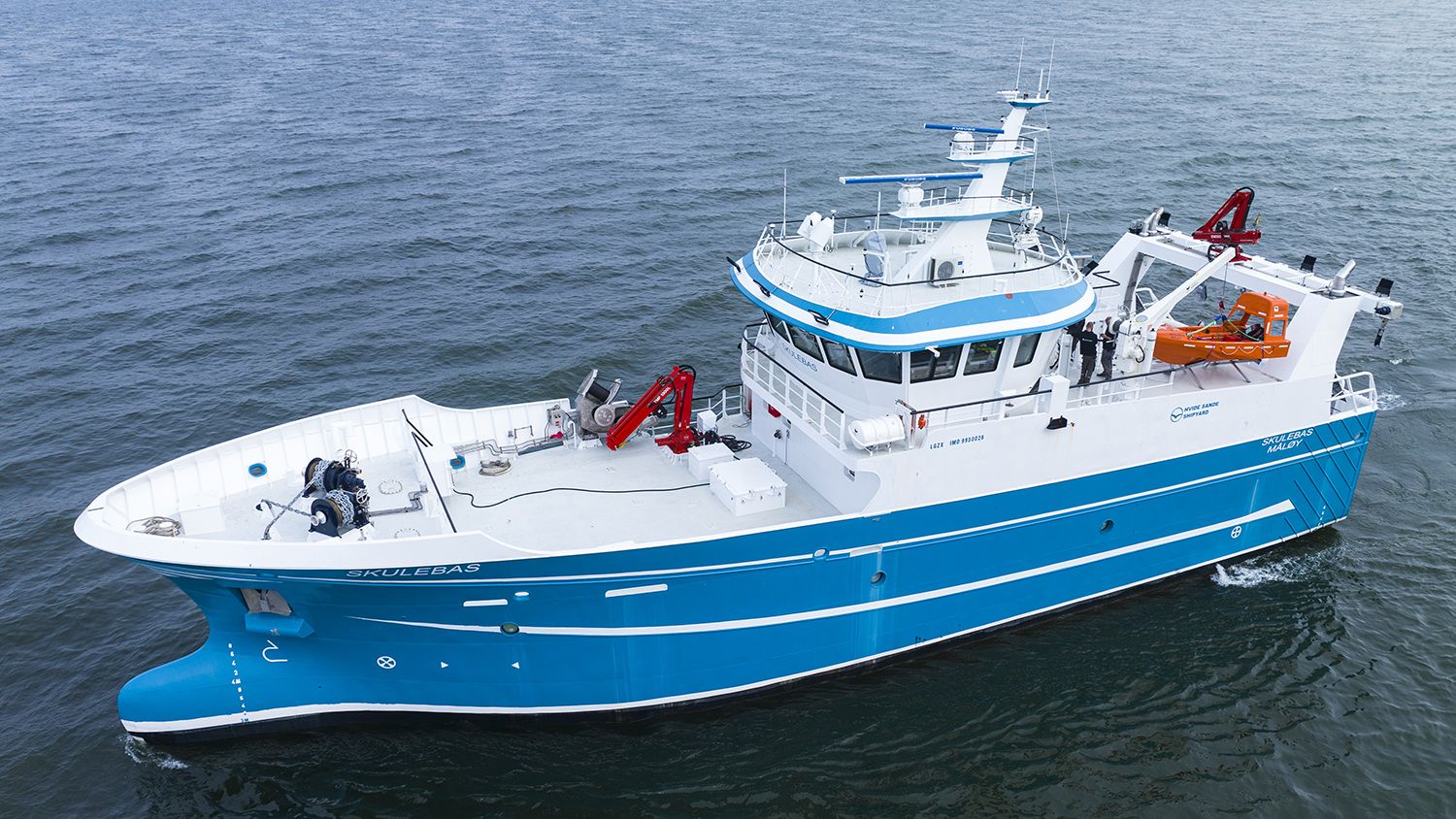Battery-hybrid vessels
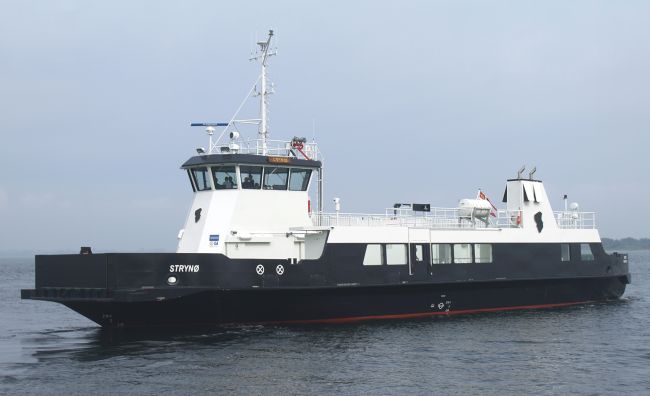
The Strynø ferry (2013) – 80 kW
The first battery hybrid vessel from Hvide Sande Shipyard was delivered back in 2013 for the Strynø ferry – based in the southern part of Denmark. The aim was only to have two main diesel engines, optimized to operate at the most optimal fuel consumption. They were connected with two shaft generators, able to operate bow thrusters, hotel loads and charge two small battery banks. The battery banks are used for powering the vessel during short harbor stays without shore connection or diesel engines running, as they are stopped immediately after the kingpin from the ramp is locked in the ferry.
A lot of learning and knowledge was collected through this project, and adjustments were made together with the crew and their consultant OSK Shiptech, but the project was a success and is still operating from the principles set from the beginning.
We learned a lot about building hybrid vessels and decided to aim at being one of the leading shipyards within hybrid and battery technology, being a part of sustainable green transition in the marine industry.

OV Bøkfjord (2016) – 850 kW
In 2014 we won the contract of a 44-meter multi-purpose vessel for oil spill operations, boy laying & lighthouse tender for Kystverket in Norway. The tender was a design competition to fulfill Kystverkets demands and wishes. We quoted the project based on learnings from the Danish boy-laing vessel, Poul Løvenørn, together with the naval architects A/S Jørgen Pedersen (now OSK Shiptech) as a diesel-electric vessel with the opportunity to start up diesels depending on the operation condition. During the project, Kystverkets management took decisions on starting a sustainable green transition of their fleet, and we were asked to quote for an upgrade of the project with a battery bank to optimize the operation profile. Together with Rolls Royce Marine we got the order for upgrading the project. We ended up delivering a diesel-electric battery hybrid propulsion system with 3 MW e-motors and an 850 kW/h battery bank, which at that time was the biggest battery bank in a commercial vessel.
During the project we had a steep learning curve on the risk assessments around the rules for equivalent propulsion solutions, together with DNV and the Norwegian Maritime Authorities
In 2016 we won the Danish ship of the year award for the delivered project.
Learnings from these two projects made the basis for the next 5 projects, where the routines and optimizing of both design, approval and installations were gained together with our shipyard’s closest partners in the supply chain. Our project department decided to gain the knowledge, so we were able to combine the different components in the market for the specific projects.
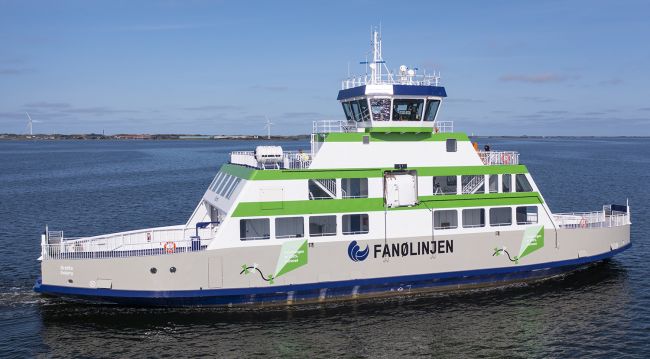
Grotte – the Fanø ferry (2021) – 1107 kW
In 2019 we were asked by Molslinjen to quote for conversion of their two 50 m sister ferries for the Danish island of Fanø. The price for the complete conversions and life prolonging would be equivalent to nearly 1/3 of a new sister ferry’s price. We ended up building Denmark’s first commercially sold and driven full-electric ferry in the late summer of 2021. However, in close co-operation with a professional ferry operator like Molslinjen, we ended up having a diesel-backup generator below deck. This decision was taken based on the following background:
- Super high focus on operation reliability. If the power grid fails to charge, the vessel can still operate by running the small gen-set continuously.
- No spare batteries were bought for the project, meaning that we could build a lighter vessel, save money, save lithium, have less footprint during decommissioning and still operate the route fully electrically.
The ferry departs every 20 minutes on a 12 minutes route and 8 minutes stay in port. The ferry can charge only at the Esbjerg side with a 2,7 MW charging robot. In app. 6½ minutes of efficient charging time, the vessel can charge for a double tour.
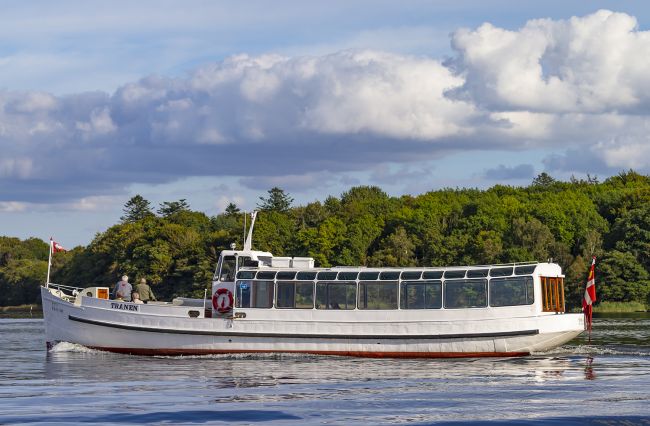
Tranen – Hjejleselskabet (2021) – 80kW
We have also made a complete rebuild of one of the historic passenger vessels from the famous Danish shipping company Hjejlerederiet in Silkeborg, for electric propulsion to ensure a totally silent and emission free sailing on the beautiful lakes around Silkeborg.
Nearly all discussed projects for the future include some kind of green elements and hybrid propulsion. Unfortunately, a lot of the operation profiles still do not deliver a rentable operation with hybrid propulsion or any for the future green fuels. Regulations, taxes and subsidies will still be needed to force the green transition in the marine industry.
The next steps in being a part of sustainable green transition in the marine industry will be the first methanol or hydrogen projects. Over the last years we have participated in two development projects to gain knowledge about this. Still, some regulations and price adjustments for these fuels will be needed before being the obvious choice.

Ærøekspressen
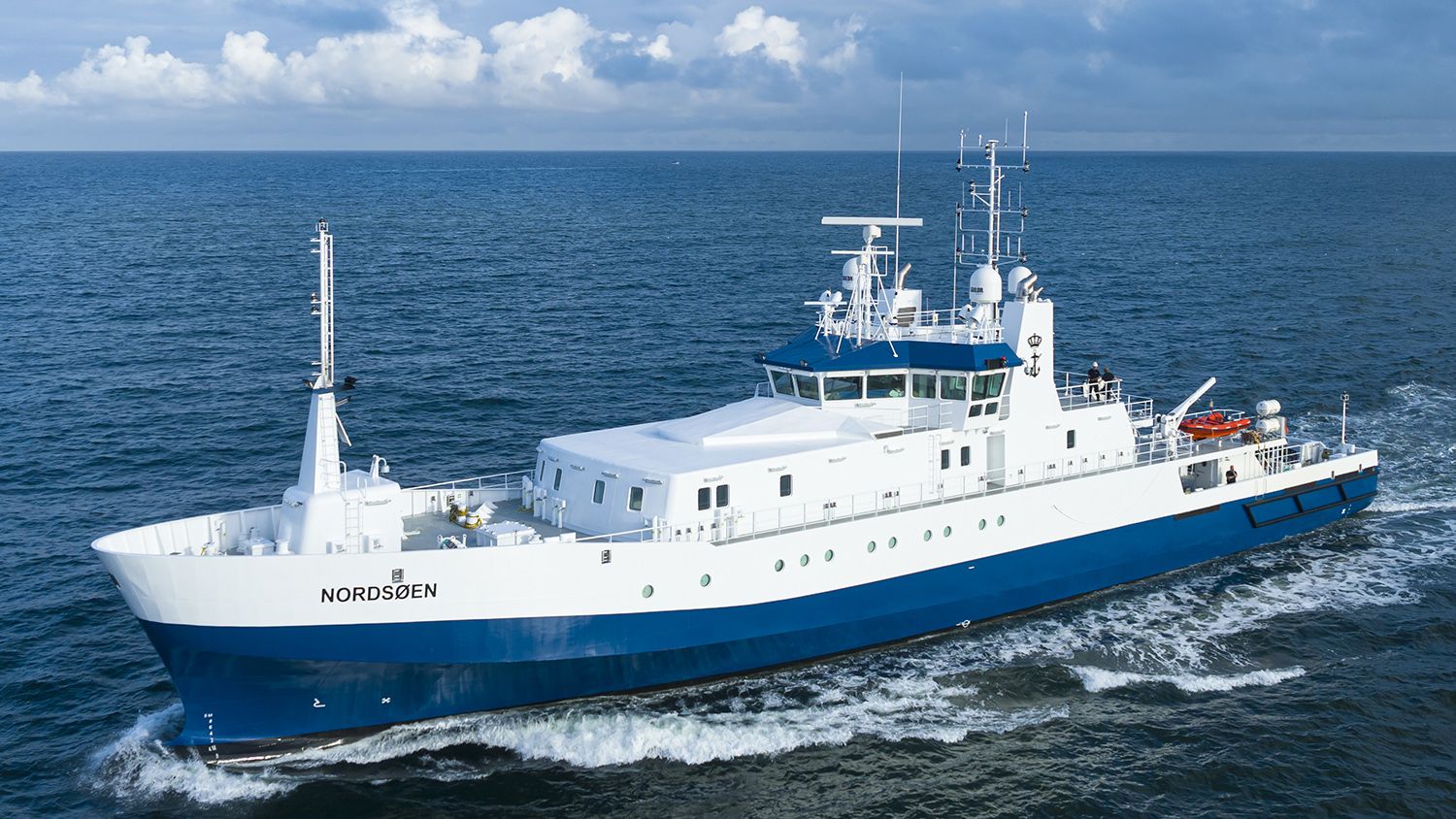
Nordsøen
